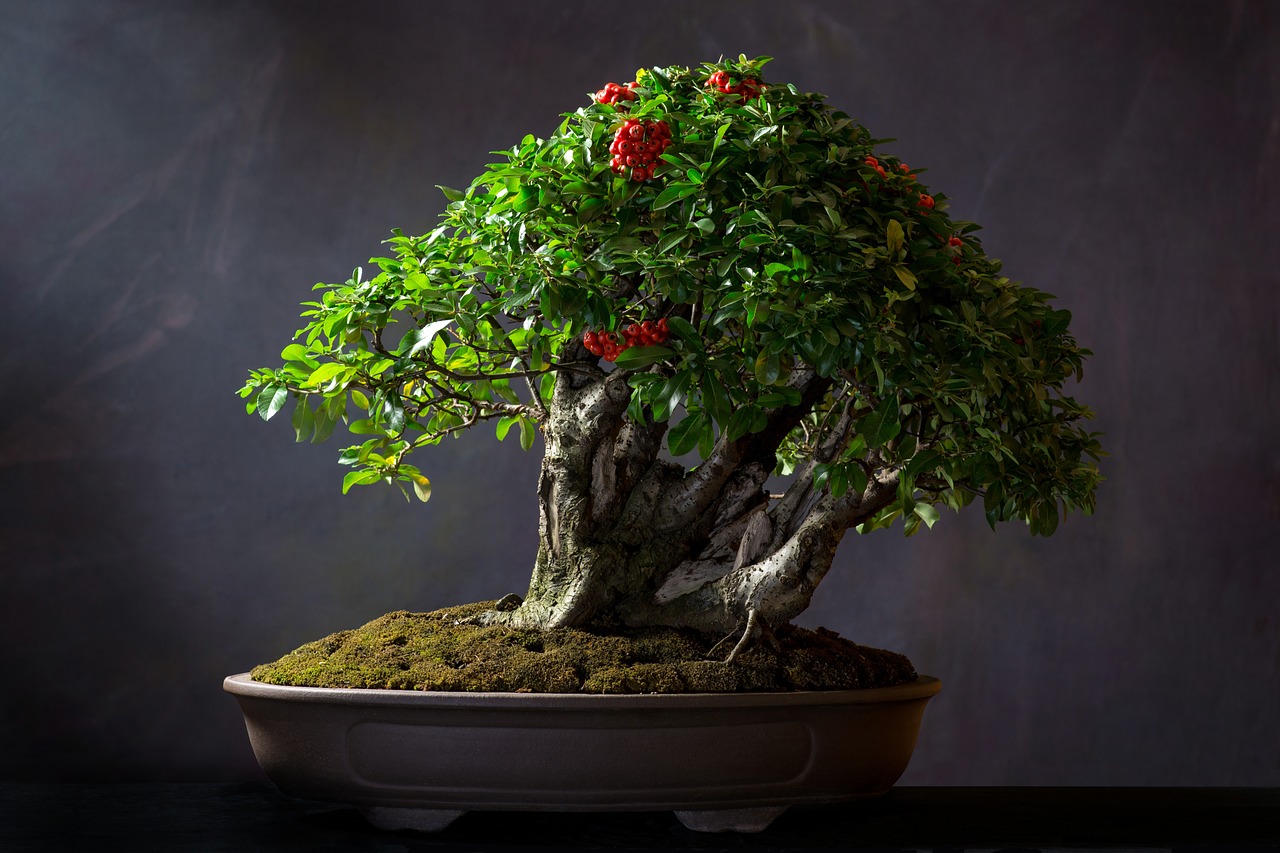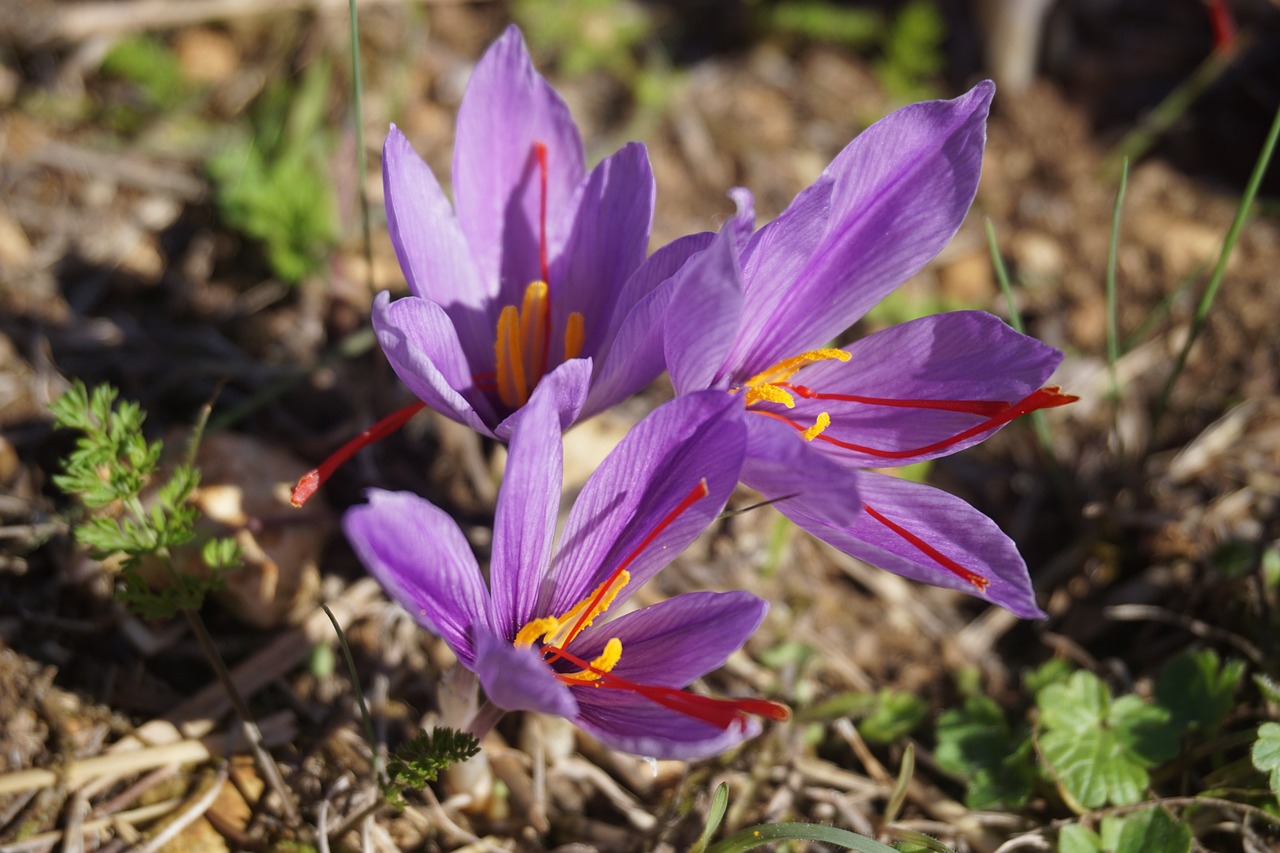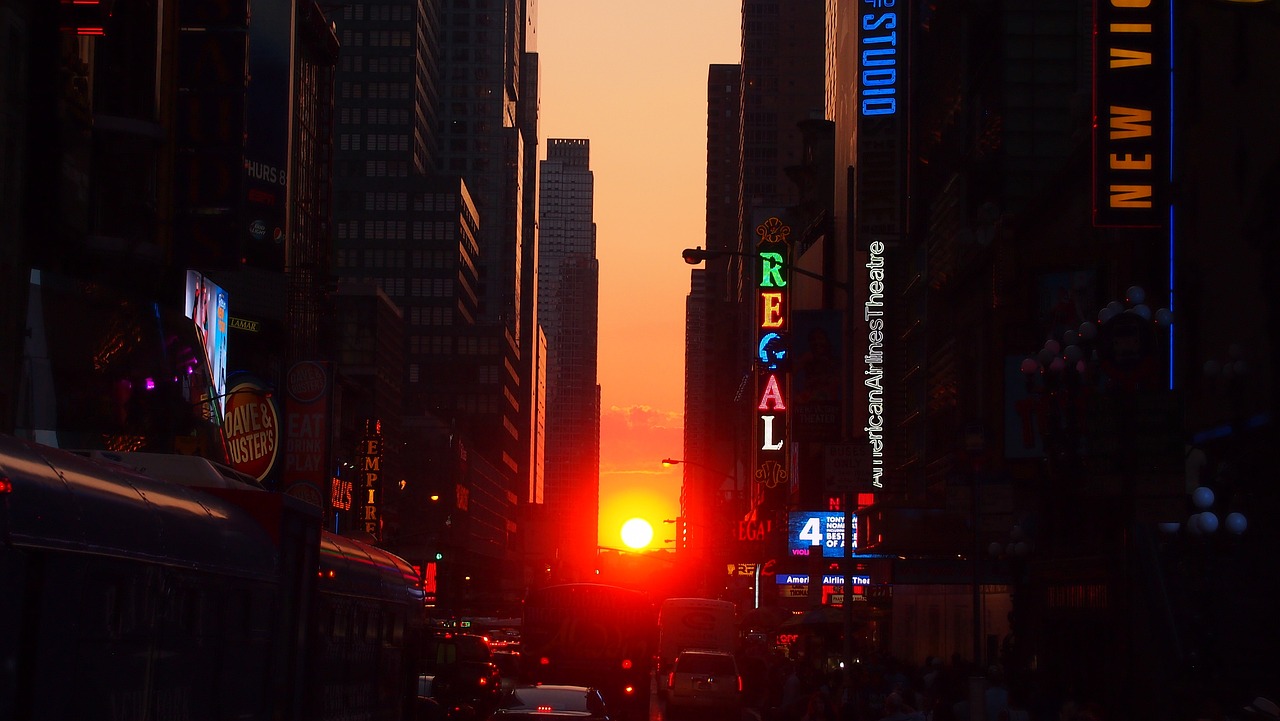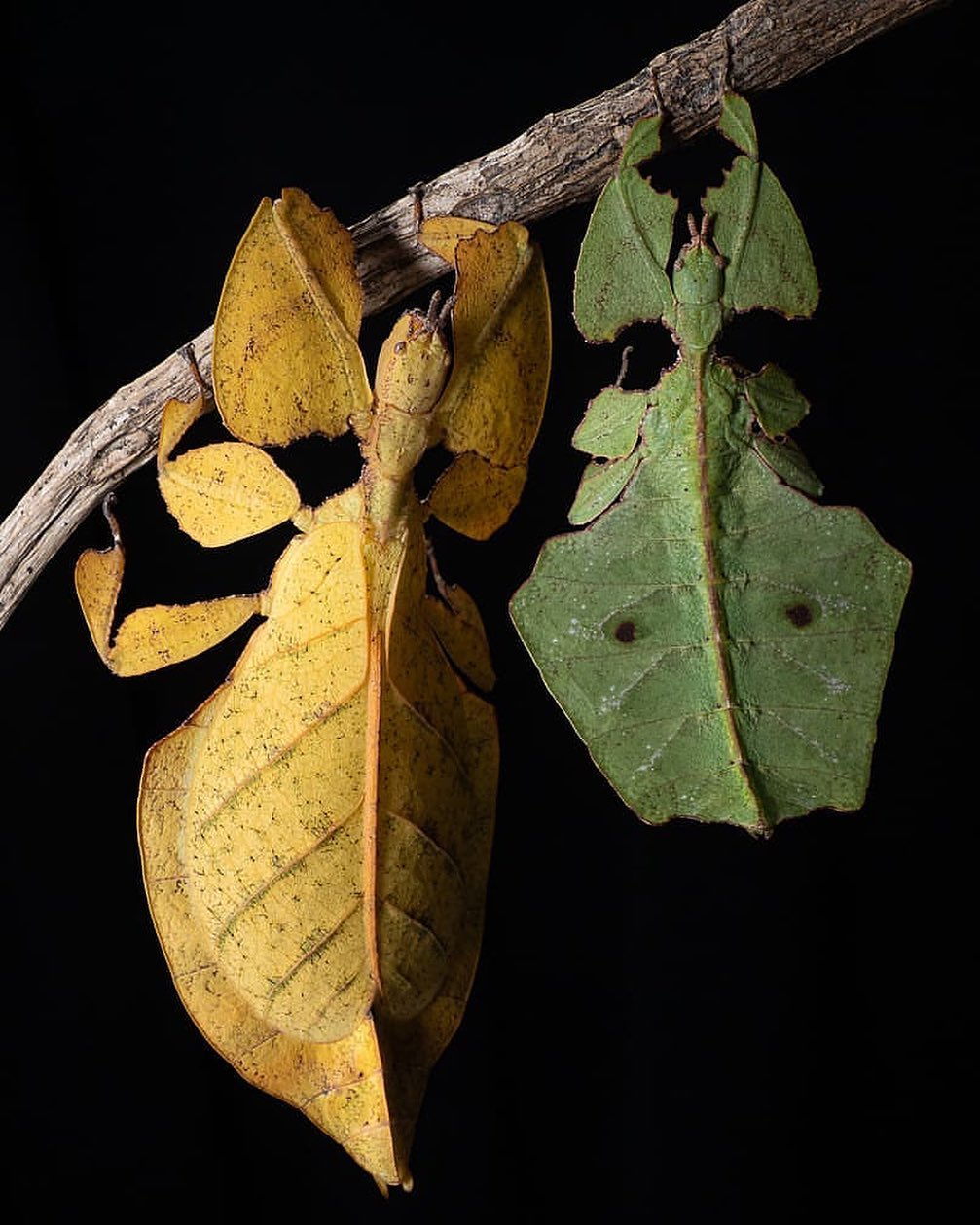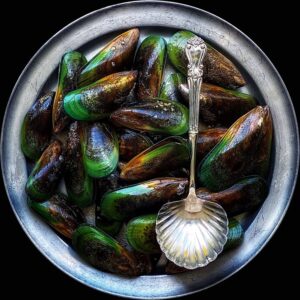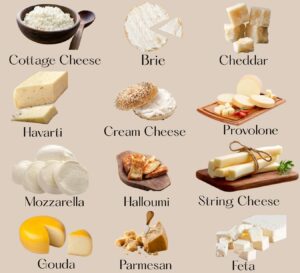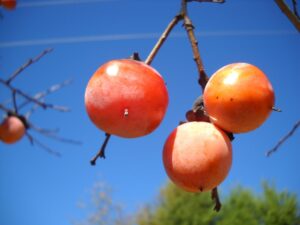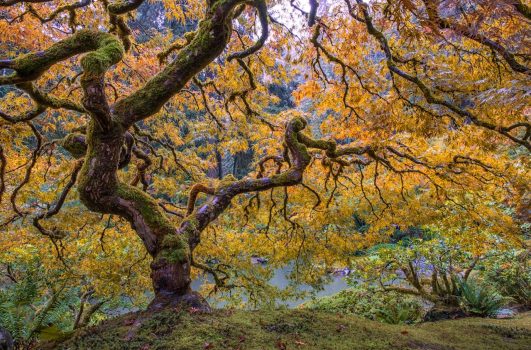 Pin
Pin Japanese Maple / Photo by Ricardo Olvera
People usually think of gold, diamonds, or rare art when they talk about wealth. But there’s another kind of treasure growing quietly around us—trees. The 10 most expensive trees in the world are far more than tall, leafy plants. They carry deep cultural value, stunning beauty, and prices that can shock even seasoned collectors. These trees aren’t just planted—they’re invested in, protected, and passed down through generations.
If you’ve never thought of a tree as a luxury item, you’re not alone. But some of the richest people and institutions do. These aren’t your average backyard plants. Some of them are centuries old, while others are cultivated under extreme care for their rare wood, fragrance, or religious value. The 10 most expensive trees in the world are worth knowing about—not just for their price tags, but for the stories they tell.
Let’s break down the jaw-dropping list of trees that hold insane value—and why they’re worth every penny (and sometimes, way more).
Table of Contents
1. Agarwood – The Scented Gold of the East
 Pin
Pin Agarwood Trees / Photo by @oud_farha_vietnam_store
Agarwood is often called “liquid gold” in the fragrance world, and for a good reason. Found mostly in Southeast Asia, this tree becomes incredibly valuable when it gets infected with a particular mold. That’s when it produces a dark, fragrant resin known as oud. That resin? It’s sold for thousands of dollars per kilo. What makes it even crazier is that not all agarwood trees produce oud—it’s like nature’s lottery.
In countries like India, Vietnam, and Cambodia, people protect these trees with armed guards. The global demand for oud in perfumes, essential oils, and religious practices has made it one of the priciest natural resources. One mature agarwood tree infected with the right fungus can be worth up to $100,000 or more.
This tree is so sought after that it’s been overharvested to the point of endangerment. Now, many regions regulate it heavily, and cultivating it legally adds even more to its price.
2. Sandalwood – Fragrance That Lasts Generations
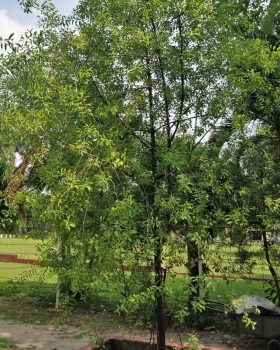 Pin
Pin Sandalwood Tree / Photo by @ashishtheonly
Sandalwood is one of those trees that holds value not just because of what it gives, but how long it lasts. The aroma of its heartwood doesn’t fade with time—it actually gets stronger. Found in India, Australia, and parts of Southeast Asia, sandalwood has been used in religious rituals, high-end perfumes, and skincare for thousands of years. It’s deeply spiritual in Indian culture, often used in temples and ceremonies.
The real money lies in the heartwood and the essential oil extracted from it. One kilogram of pure Indian sandalwood oil can sell for more than $3,000. A fully mature tree? Easily worth tens of thousands. Due to illegal harvesting and overuse, Indian sandalwood has become rare, and owning even a small plantation legally requires government permission.
Australia stepped in with sustainable sandalwood farms, but the Indian variety still rules in terms of scent quality and cultural value. This tree isn’t just expensive—it’s considered sacred, and that adds emotional value alongside its insane price tag.
3. African Blackwood – Music’s Million-Dollar Tree
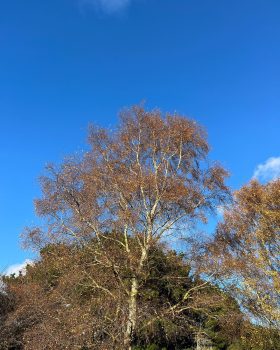 Pin
Pin African Blackwood / Photo by @feelgoodwooduk
African Blackwood, also known as Grenadilla, looks like any other tree from the outside—but inside, it holds one of the most valuable woods on Earth. Native to dry regions of Africa like Tanzania and Mozambique, this tree is prized for its dense, dark core. That wood is used to make high-end musical instruments—think clarinets, oboes, bagpipes, and even parts of grand pianos.
What makes African Blackwood so rare is how slowly it grows and how hard it is to harvest. It can take over 60 years for one tree to mature, and only the central heartwood is usable. A single cubic meter of this wood can fetch over $13,000. That’s more than many luxury hardwoods and sometimes more than gold, pound for pound.
Instrument makers swear by its sound quality—it’s that pure, that clear. Because of deforestation and overuse, it’s now classified as a vulnerable species. And when a tree becomes scarce and essential to an industry like music, its price goes through the roof.
4. Bonsai Trees – Tiny Trees, Huge Prices
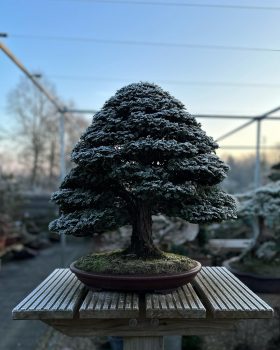 Pin
Pin Bonsai Trees / Photo by @yamabonsaistudio
At first glance, bonsai trees might seem like simple potted plants. But in reality, they’re living works of art—crafted, trimmed, and shaped over decades, sometimes centuries. The most expensive bonsai trees in the world have been passed down through generations and cared for with extreme precision. These aren’t just plants; they’re pieces of history.
The price of a bonsai tree can vary widely depending on its age, species, and how well it’s been shaped. Some rare specimens, especially those that are hundreds of years old, have been sold for over $1 million. Yes, for a tree small enough to carry in your arms. Japanese white pine bonsais are especially valuable due to their aesthetic and cultural significance.
The time, patience, and skill that go into creating a perfect bonsai tree push the price up. It’s not about size—it’s about legacy, art, and emotional attachment. In the world of high-end collectors, a bonsai isn’t just a tree—it’s a status symbol with roots deeper than most homes.
5. Red Sandalwood – The Smuggler’s Favorite
 Pin
Pin Red Sandalwood / Photo by PUSHPARGHYA
Red Sandalwood is native to India’s Eastern Ghats, and it’s one of the most illegally trafficked trees in the world. Why? Because its deep red wood is extremely rare and insanely valuable. Used in luxury furniture, traditional medicine, and religious sculptures, it’s mostly exported to countries like China and Japan—often through black markets due to strict harvesting laws in India.
A fully mature Red Sandalwood tree can fetch tens of thousands of dollars. The wood’s density, unique color, and smooth grain make it a top choice for luxury carving and ornamental pieces. Unlike regular sandalwood, it doesn’t have a strong fragrance, but its rarity and cultural value are what drive the price through the roof.
This tree grows slowly and only in specific conditions, which makes it even harder to find legally. Smugglers risk their lives trafficking it, and entire task forces have been formed in India to stop the illegal trade. Its value has made it a target—but also a protected national treasure.
6. Ebony – The Dark Luxury Wood of Legends
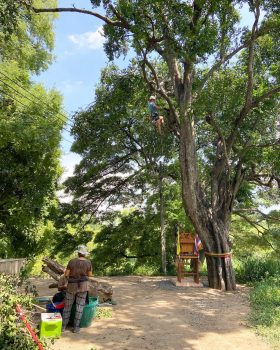 Pin
Pin Ebony Tree / Photo by @monstudio214
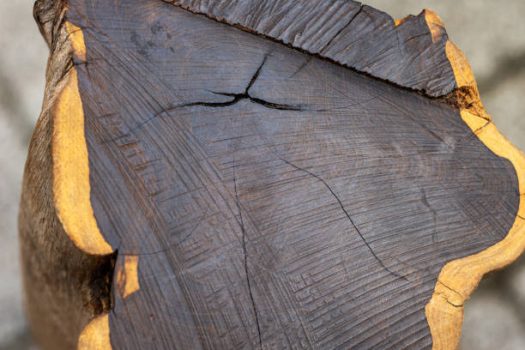 Pin
Pin Ebony trees produce a wood so dark, it almost looks like black stone. Found in parts of Africa and Asia, ebony has been used for centuries in sculptures, piano keys, fine furniture, and even sword hilts in royal artifacts. It’s incredibly dense, smooth, and naturally jet black—qualities that make it one of the most luxurious woods on the planet.
A single log of top-quality ebony can be worth thousands of dollars. The older the tree, the darker and denser the wood, which is why mature ebony trees are the real jackpot. But here’s the catch—ebony trees grow painfully slow. It can take up to 100 years for one to mature fully. That slow growth, combined with heavy demand, led to overharvesting and pushed many species of ebony to the brink of extinction.
In some African countries like Gabon and Cameroon, strict regulations now control its harvesting. But illegal trade still thrives. This tree’s dark beauty has made it both iconic and endangered—and its value keeps climbing.
7. Mahogany – The King of Classic Wood
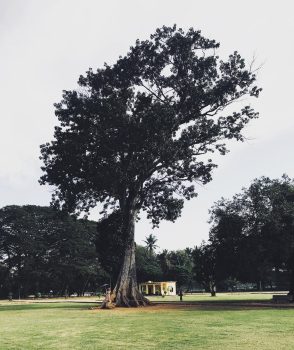 Pin
Pin Mahogany / Photo by @supabrella
Mahogany has long been considered the gold standard for furniture wood. Its rich reddish-brown hue, smooth grain, and resistance to rot make it a favorite for luxury cabinets, musical instruments, and high-end boats. Found mainly in Central and South America, particularly Honduras and Brazil, the tree itself grows tall and wide, providing massive logs that can be carved into prized products.
While there are different types of mahogany, the most valuable is Swietenia macrophylla, often referred to as Honduran mahogany. This variety is heavily regulated and often comes with certification to prove it’s legally sourced. A single large mahogany tree can bring in tens of thousands of dollars, especially when used in vintage-style restoration or architectural projects.
Because of its long-standing use and overharvesting, many countries have put tight export restrictions on it. But that’s only made it more exclusive—and more expensive. When you see a solid mahogany piece, you’re not just looking at wood. You’re looking at history, elegance, and a serious price tag.
8. Japanese Maple – The Collector’s Dream Tree
 Pin
Pin Japanese Maple / Photo by Ricardo Olvera
Japanese Maple trees aren’t just beautiful—they’re hypnotic. Known for their delicate, lace-like leaves that explode into fiery reds and purples during autumn, these trees have become a centerpiece in luxury landscaping. Especially in Japan, the U.S., and parts of Europe, people pay insane amounts for rare cultivars with unique leaf shapes or color patterns.
While you can buy a young Japanese Maple for a few hundred bucks, the older, hand-pruned, and uniquely shaped ones can sell for upwards of $20,000 or more. Some prized specimens that are decades old and perfectly sculpted by bonsai artists have been auctioned for even higher. What sets them apart is their ornamental beauty and how they completely transform a garden space.
Landscapers treat them like living jewels, and collectors will go to great lengths to import the rarest types. It’s not just about aesthetics either—these trees bring a calming, Zen-like energy to any space. The combination of age, art, and rarity makes them one of the most prized and expensive ornamental trees in the world.
9. Baobab – The Tree of Life With a Price Tag
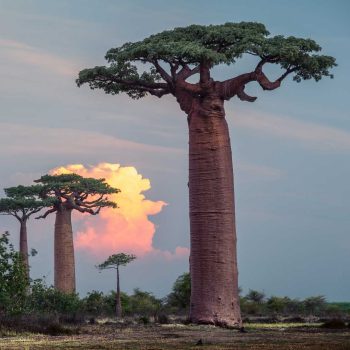 Pin
Pin Baobab Tree / Photo by @barakasheabutter
The Baobab tree, often called the “Tree of Life,” is a natural wonder. Native to Madagascar, mainland Africa, and parts of Australia, it’s known for its thick trunk, which stores water, and its massive, alien-like silhouette. But what many don’t realize is just how valuable this tree can be—not just in terms of cultural importance, but real economic value too.
Baobab fruit has exploded in popularity in the wellness industry. It’s loaded with antioxidants, fiber, and vitamin C, and it’s now found in powders, juices, and health supplements all over the world. The bark, leaves, and even seeds are used in traditional medicine and skincare. A mature Baobab tree in a fertile area can produce thousands of dollars in fruit each year.
In eco-tourism zones, ancient Baobabs can also raise property values simply because of their age and uniqueness. Some trees are over 2,000 years old. In regions where they’re protected, their commercial rights are tightly controlled, making legal cultivation even more expensive—and profitable.
10. Himalayan Cedar – Sacred and Priceless Wood
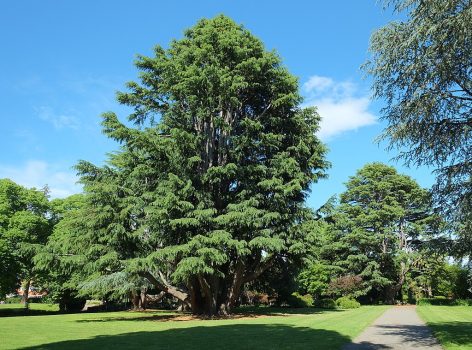 Pin
Pin Himalayan Cedar/ Image from Wikimedia Commons
Himalayan Cedar, also known as Deodar, is a majestic tree native to the high mountains of the Himalayas. It’s considered sacred in many cultures, especially in India and Nepal, where it’s used in temples, traditional medicine, and even in making durable, fragrant woodcrafts. The wood is highly resistant to rot and insects, making it perfect for building homes, temples, and furniture that lasts centuries.
The rarity of mature Himalayan Cedar trees is a big reason why their wood fetches high prices. Overharvesting and deforestation have made large, old trees scarce. Some of the oldest cedars, standing hundreds of years tall, can be worth tens of thousands of dollars. The scent of its wood is soothing and earthy, adding to its spiritual and luxury appeal.
Besides its practical use, owning Himalayan Cedar wood is often seen as a sign of prestige. People use it to carve religious statues and create heirloom-quality pieces. Its sacred status and durability give it an unmatched combination of value and reverence.
FAQs
Expensive trees usually grow very slowly, have rare qualities like unique wood grain or fragrance, and often have cultural or historical significance. Their rarity combined with demand for luxury uses like furniture, instruments, or art drives up their value.
Many of the most expensive trees, such as sandalwood, ebony, and African blackwood, are endangered or protected by law due to overharvesting. Governments regulate their harvesting to prevent extinction and encourage sustainable farming.
Growing or buying rare trees often requires permits, especially for protected species. Some trees take decades or even centuries to mature, so cultivating them is a long-term commitment. Legal restrictions also vary by country.
Luxury furniture, musical instruments, traditional medicines, perfumes, and ornamental bonsai are common products made from these trees. Their unique properties make them highly sought after in various industries.
Authenticity often comes with certification or proof of legal sourcing, especially for protected species. Buyers should look for documentation and purchase from reputable sellers to avoid illegal or fake products.
